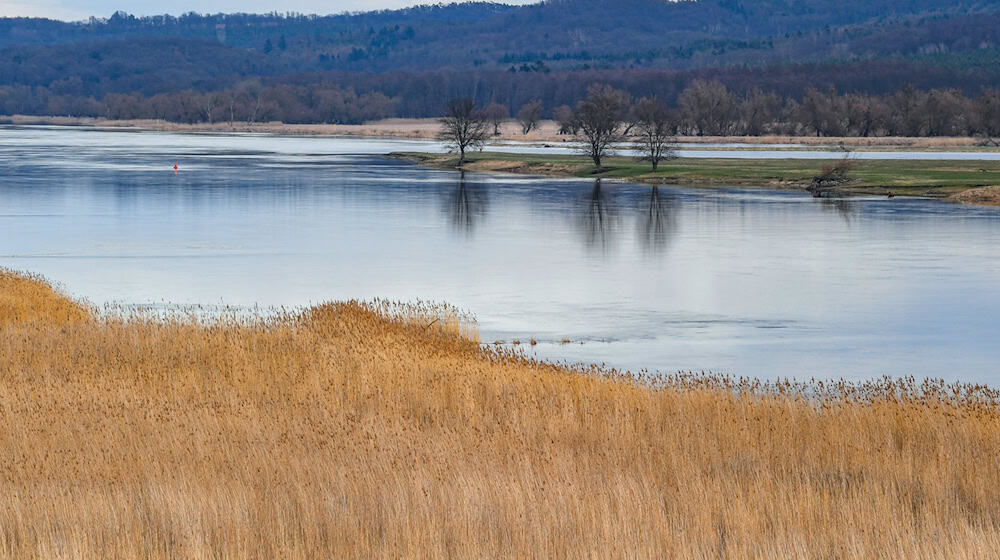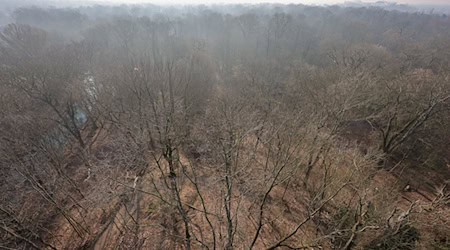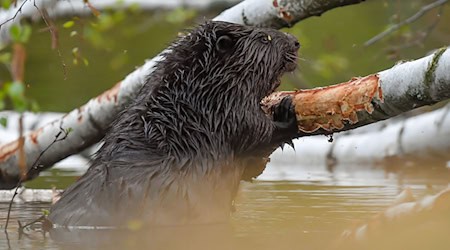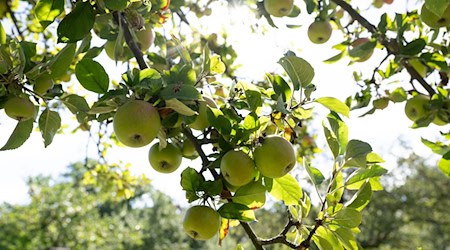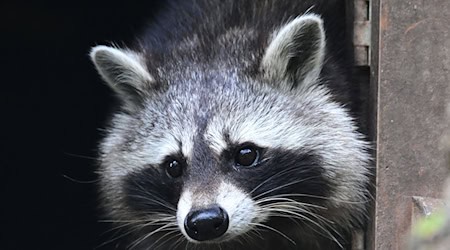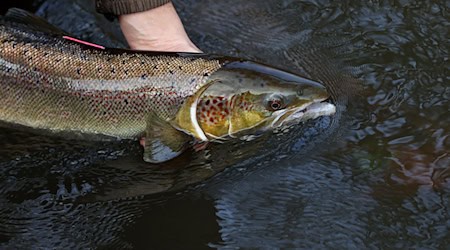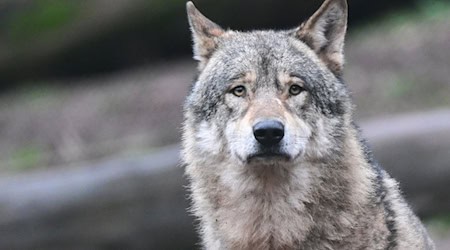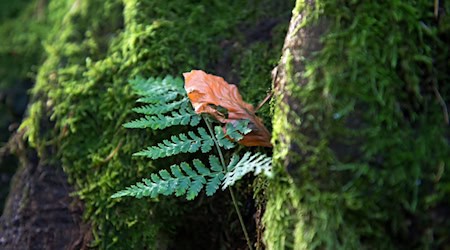Conservationists from Germany and the Czech Republic want to breathe new life into the Elbe floodplains between Dresden and Litoměřice. "We are committed to preserving and restoring habitats and promoting biodiversity along the Elbe," explained biologist Victor Geißler. This is why typical tree and plant species for floodplains are planted, invasive species are combated and endangered animal species are supported.
Rare animal species to be given a new habitat
In addition to the Dresden Federation for the Environment and Nature Conservation (BUND) and the Dresden-Neustadt branch of the German Nature Conservation Association (Nabu), the Czech Federation for Nature Conservation is also involved in the project. The first work assignments have already taken place and many more are to follow, it was reported. In particular, black poplars, field manure, river ragwort and God's grace herb are to be planted in the ground. At the same time, the aim is to provide a habitat for rare animal species.
"The second focus of the project is to raise public awareness and impart knowledge. This is to be achieved through workshops, lectures, an environmental education camp and cross-border events," BUND continued. It is also about understanding that healthy floodplains act as the "kidneys of the landscape", as the Federal Agency for Nature Conservation summarizes it. Nutrient and pollutant filtering of the water takes place in the floodplains.
Nature conservationists are looking for supporters for the protection of floodplains
According to Geißler, intact floodplains make a significant contribution to keeping water bodies and drinking water clean. "Finally, it is important to preserve the Elbe floodplains as a recreational area in the long term. It has been proven that the greater the biodiversity, the higher the recreational value of an area." The project is set to run until the end of March 2027 and is funded by the European Union. Anyone who wants to take part is welcome. BUND provides information about work assignments on its website.
Copyright 2024, dpa (www.dpa.de). All rights reserved

